How Entrepreneurs Can Prevent Problems In Their Work-From-Home Strategy
In light of the global COVID-19 pandemic, many companies are asking their employees to work from home. But are they considering the potential disasters that can occur as a result of this transition?
An example of what might occur comes from one of my coaching clients, from a few months before the pandemic hit. Pete is a mid-level manager in the software engineering unit of an entrepreneurial startup that quickly grew to 400 office-based employees doing electronic health records (EHRs). Due to rising rents on their office building, the company wanted to shift their employees to a work-from-home set-up.
Pete was assigned by senior management to lead the team transitioning all 400 employees to telework. He had previous experience in helping smaller teams to working from home in the past. However, this significantly higher number of people was proving to be a challenge—as was the short amount of time available, which was only four weeks, resulting from a failure in negotiation with the landlord of the office building.
3 Key Steps to Preventing Disasters in Implementing Decisions
When Pete approached me for advice, I recommended the “Failure-Proofing” strategy, which is a pragmatic and easy-to-use technique to defend against planning and project disasters.
Step 1: Imagine that the decision, project or process failed, and brainstorm reasons for why your plan failed.
Meet with your key stakeholders and discuss your plan. Make sure to provide all the details. Next, use an approach informed by the premortem technique and ask the participants to imagine a future where the plan failed. Doing so empowers everyone, even those who are confident that the plan will succeed, to tap their creativity in coming up with potential reasons for the failure.
Each participant should anonymously write out three possible reasons that the plan failed. The reasons should include internal decisions within the scope of the project team, such as manpower or budget restrictions. It should also include potential external factors, such as new policies set by government agencies.
Next, the facilitator gathers the participants’ statements. The group discusses the central themes raised as reasons for the plan’s failure. The facilitator should highlight reasons that would not usually be brought up if the process of writing down the reasons and discussing them was not anonymous. If you will be doing this technique by yourself, list down separate reasons for the plan’s failure from the perspective of each relevant aspect of yourself.
Going back to Pete, he decided to gather six stakeholders composed of one manager each from the four departments that urgently needed to be shifted to a work-from-home setup, as well as one team leader each from the two teams which would provide auxiliary support to Pete’s team while they were facilitating the transition of the teams. He recruited Ann, a member of the firm’s Advisory Board, to be an independent facilitator.
Ann discussed the current plan, which was to shift all 400 employees to a remote work setup in four weeks. Everything—even business meetings— would be done online after four weeks. Pete’s team would migrate the 400 employees to a remote work setup in four weeks, and will be doing so in batches of 100 employees per week. The records division would be included in the last batch to be migrated, to give ample time to convert all documents and processes to digital forms.
After outlining the plan, everyone submitted their anonymous reasons for failure. Ann read out the participants’ anonymous statements, which highlighted one key theme: The plan failed because it wasn’t communicated in a clear and timely manner. Most of the participants raised doubts that management can communicate the plan efficiently due to past cases of miscommunication of company policy changes.
Step 2: Brainstorm ways to fix problems and integrate your ideas into the plan
Pick several plan failures that are the most relevant to highlight, and think of ways to solve these, including how to tackle possible mental blindspots and cognitive biases. In addition, present any evidence you might use that would serve as an indicator that the failure you are addressing is happening or about to happen. For this particular step, it is critical to have people with authority in the room.
The facilitator writes down the potential solutions. If you are going through this step by yourself, ask for outside input at this point.
Circling back to Pete’s discussion group, Mary, an HR manager, took on the task of addressing the communication problem proactively.
Mary will discuss the communication issues tackled in the discussion group with senior management. She will then propose for senior management to send out immediately a company-wide announcement on the migration to telecommuting and the steps that will be taken.
Then, each senior manager would have in-person meetings with their direct reports in middle management, to get their buy-in and ensure that the message passed effectively down the chain of command. In turn, the middle managers would meet with the frontline staff and work out details of the next steps for each team.
Step 3: Imagine that the decision, project, or process succeeded spectacularly, brainstorm ways of achieving this outcome, and integrate your ideas into the plan
We tackled failure, so now let’s imagine that your plan succeeded superbly! This way, your company can maximize its success.
Imagine that you are in a future where your plan succeeded beyond expectations. Ask each participant to anonymously write out possible reasons for the plan’s success. After that, ask the facilitator to focus on the key themes.
Next, the facilitator gathers everyone’s statements and leads the group in discussing the reasons given. Assess anonymously the potential of each reason for success, and decide which ones need to be focused on. Check for cognitive biases as well. After that, come up with ways of maximizing these reasons for success.
The facilitator writes down the ideas to maximize the plan’s success. If you are going through this step by yourself, ask for outside input at this point.
In Pete’s discussion group, Ann asked each participant to anonymously write out the reasons for the plan’s success. When Ann read out the statements, there was one key theme: They imagined that the plan succeeded because the management was very responsive to anxieties and concerns from employees during the transition. To address that, Pete’s team set up a number that staff could text or call, which was always staffed by some members of the team. Then, they could quickly answer questions, or route the question to the person who had the answer.
Failure Proofing Work-From-Home
To prevent work-from-home disasters in this time of transitioning to telework to manage the COVID-19 coronavirus pandemic, make sure to use the “Failure-Proofing” technique prior to implementing decisions of any significance, as well as to assess the management of substantial projects and processes.
This article was originally published on the EO Global Octane Blog.
Unlock Your Full Potential as an Entrepreneur
Unlock your potential with the Entrepreneurs' Organization (EO). Immerse yourself in exclusive events with renowned speakers, participate in peer-to-peer mentorship, access high-level executive education programs, and join intimate forums for reciprocal learning and support. Embrace a world of opportunities designed for high-revenue entrepreneurs like you.
Don't wait, join EO today and propel your entrepreneurial journey to new heights!


